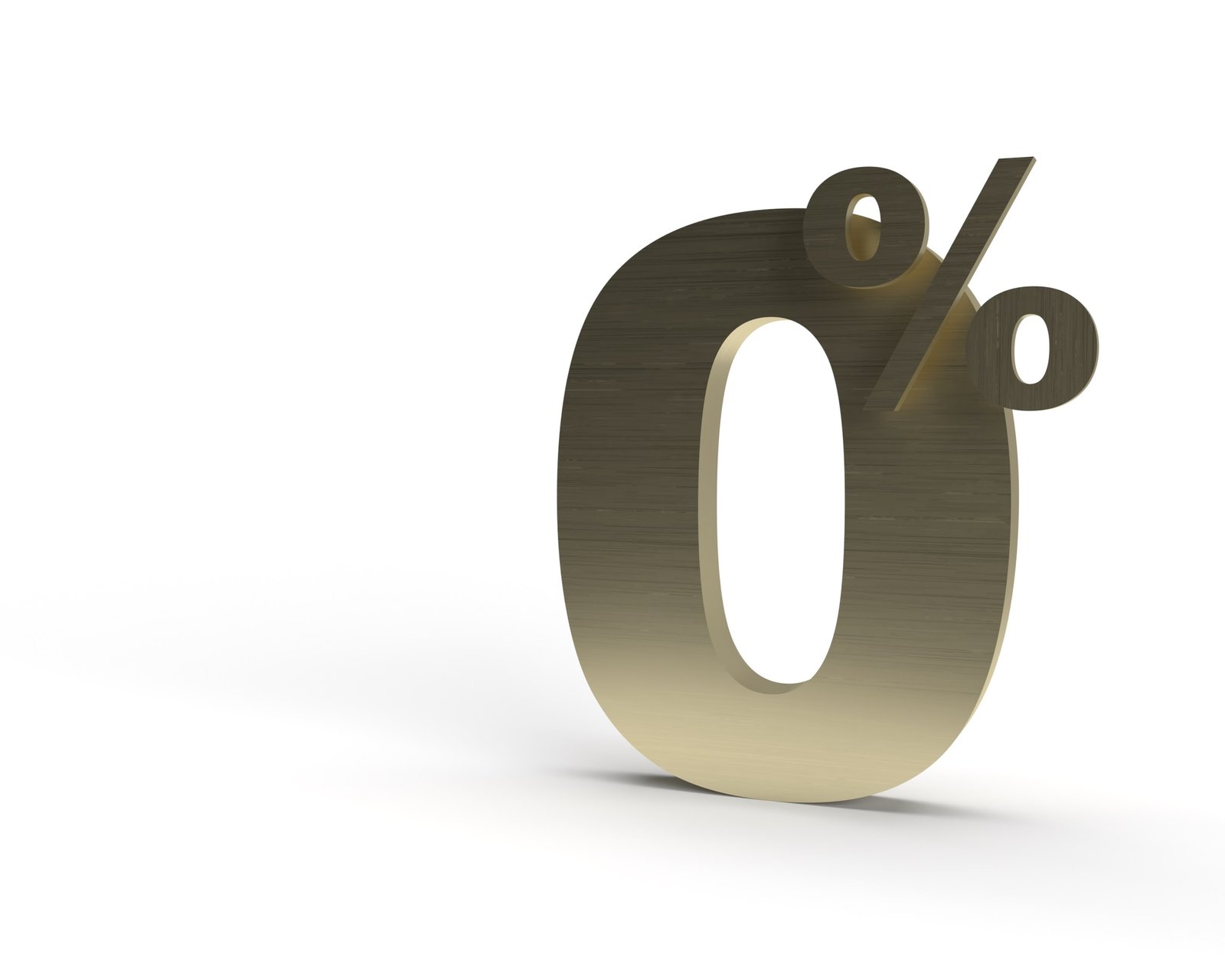Every day, without even thinking about it, we utilize percentages in various contexts. The concept of a percentage can be found anywhere, such as in the form of a discount, cash back on a purchase, or the interest rate you pay on loan. Of course, what does “percent” even mean?
It’s another way to write a number as a fraction of 100. That’s why when we say something is 50%, we mean it’s 1/2 of the whole. When we say “75%,” we’re referring to seventy-five percent of the total possible points.
It’s a fundamental idea in the mathematics of everyday life that directly impacts the quality of one’s existence.
Therefore, this article will focus on the places where we most frequently encounter percentages and how to handle them. See below for details.
Uses of Percentages in Everyday Situations:
1. Restaurant Tipping
We make frequent trips to the mall in search of various necessities.
This case illustrates how exchanging currency for goods and services can be understood universally. The parents can help their children with this exercise.
Say you ate out and racked up a $50 bill. If you’re satisfied with the service, a 20% tip is appropriate. Multiply the total amount of your bill by 0.2 to get the amount you should tip. You’ll receive $10, or 20% off your total.
2. Determining the Appropriate Sales Tax Rate for a Given Product
Understanding sales tax is crucial since it is built into the price of everything we buy and is collected by law.
Students can practice this concept by calculating the total cost of an item by multiplying its price by the applicable sales tax rate.
You want to buy a shirt, but it costs $25 plus 6% sales tax. Multiply the shirt’s price by 0.06 to estimate the tax. That shirt costs $20 after taxes of $1.50.
3. Calculate Price Reductions
Everything from clothing and shoes to books and electronics is discounted these days. You’ll need the list price, the original price of the item, and the discount % to figure up your savings.
The listed Price multiplied by the discount percentage equals the total amount saved.
If a shirt typically costs $50 but is on sale for 20% off, the discount would be $20.00, or ($50 * 0.2).
Twenty percent of $50 is $10; thus, in this situation, you will receive $10. The total price of the shirt, then, would be $40.
4. In Baseball and Softball, Your Batting Average Is Calculated By
If there’s one thing that the United States of America loves more than its cheeseburgers, it’s baseball.
Baseball is a sport we play everywhere; even young children can calculate their average batting. Simply divide the number of hits by the total number of at-bats to get this statistic. To illustrate, suppose you’ve had 100 hits in 400 opportunities.
The formula for determining batting average is as follows: (100 – (400 – 1)). In baseball terms, that’s a 25% batting average.
5. Examining One’s Academic Standing
We can also use percetnages this way, another common application that students will be familiar with.
You can’t do that unless you know how much emphasis is placed on each type of assessment. Typically, the weight will be expressed as a percentage.
If a final exam counts for 30% of your overall mark, and you earned an 80 on the exam, you would multiply 0.8 by 0.30 to get your final score, which would be 24%.
6. Inflation
Inflation is a fundamental economic concept used by economists to estimate the increase in the prices of goods and services over a specified period.
Economists can report on price inflation over one year, five years, or ten years by tallying and calculating the prices and quantities.
Take the price of a package of tea leaves, which was $5 in 2020 but rose to $7.50 in 2022 due to inflation.
7. Rechargeable Batteries for Electronics
In a world where everyone is always connected to their gadgets, dead batteries are a common occurrence that can delay and impede productivity.
However, to avoid losing power, all gadgets feature a battery percentage that can be tracked.
A battery’s percentage indicates how much juice is there in a device like a phone, camera, or computer. In this case, the percentage is helpful since it allows us to monitor the battery level.
8. Medications
You can usually find the percentage strength of your drug written on the back of the container or printed on the side of the tablet strip. The information gained from knowing this proportion provides valuable insight into the medicine’s potency. As a result, we frequently employ percentages in the field of medicine.
9. Survey Findings
It is common practice to report survey results using numerical data (usually percentages). Bar charts and pie charts make it easy to see the percentages that accompany these numbers.
This is for our own edification only to better comprehend the findings of the experiments.
Of a sample size of 50 persons, 10% preferred Asian food, 30% for Italian, 5% for Mexican, 25% for fast food, and 30% for healthier options.
10. The Forecasts
We need to be able to interpret weather reports from throughout the world, as each nation has its weather service that issues forecasts for the coming days.
Consider today’s precipitation forecast: it’s just 20% likely to rain, and the humidity is only 70%. Thus, learning these can aid us in numerous concrete ways.


